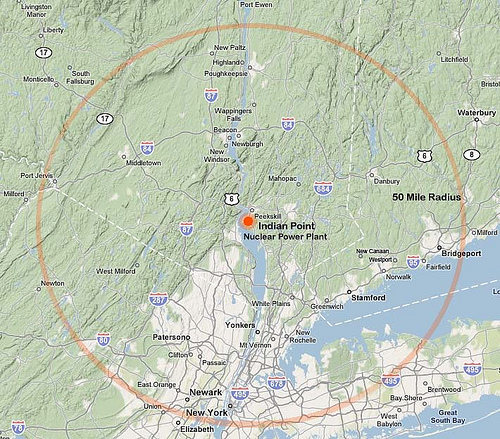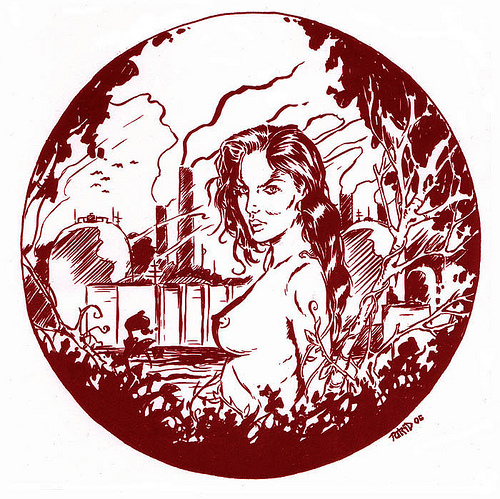
Mothers Milk Project: The Anti Nuclear Weapon
For those living within fifty miles of the Indian Point Nuclear Power Plant, there is a new way to document the potential impact of nuclear energy and radioactive waste. Breast milk: who knew it could be an (anti-)nuclear weapon?
The Mothers Milk Project is an endeavor founded by longtime activists Nancy Burton (of Connecticut Coalition Against Millstone) and Gail Merrill (a breast cancer survivor.) Rock the Reactors is a project supporter. Whether through spent nuclear fuel, radioactive waste, or medical by-products, Strontium-90, a radioactive isotope, is present in our environment.
According to Burton, goat milk sampled 5.5 miles from the Millstone Nuclear Power Station in Waterford, Conn. has tested high for strontium-90. She says the surrounding area has a high incidence of leukemia, early childhood mortality, miscarriage, bone cancer, childhood cancer and breast cancer. She wants to see if the same is true for the areas surrounding Indian Point Nuclear Power Plant in Buchanan, New York.
Nuclear power proponents claim there is no health risk with nuclear energy. However, plants such as Indian Point deposit Strontium-90 and other radionuclides into our atmosphere, affecting living organisms within a certain radius of the facility.

Here is a map representing the fifty mile radius of the plant, within which the current testing is occurring.
Mothers Milk Project is taking samples from women in Fairfield County in Connecticut and Westchester and Rockland Counties in New York state. The donated cup of milk will be divided into four parts: 1/4 cup for the NY State Department of Health, 1/4 cup for Entergy (parent company of Indian Point and Vermont Yankee,) 1/4 cup to be retained by the project’s independent laboratory and 1/4 cup to be retained by the project for possible re-testing.
The Project has also requested that New York State continue testing of local animals and mammals, which it did until 1991, then stopped.
The biological activity of Strontium-90 is similar to that of calcium. It enters our body through contaminated food or water, and is deposited in our bones, teeth and bone marrow, where it can disrupt cellular activity.
During routine operations, Indian Point is designed to release fission byproducts into the air and water. One such radionuclide, krypton, rapidly decays to strontium-90, a beta particle which mimics calcium in its chemical composition. Strontium-90 is readily absorbed in bone tissue and teeth. With a half-life (decay period) of 30 years, it disrupts nearby cells and is known to cause leukemia, bone cancer, diseases of the immune system and cancers of soft tissues such as breast and lung. Children and developing babies are especially vulnerable to its effects.
Strontium-90 is linked to cancer, leukemia, and diseases of the immune system. If you live within the 50 mile radius of the plant and are currently breastfeeding, donate your milk! Anonymity is respected, as only zip codes are recorded.
“Breastfeeding mothers and others are entitled to know if harmful radioactive effluents are entering our milk supply,” Burton said. “We believe ‘breast is best’ and our babies should be protected from insidious contaminants,” she added.





